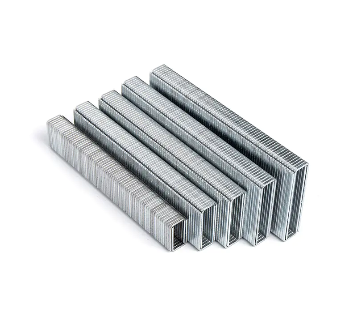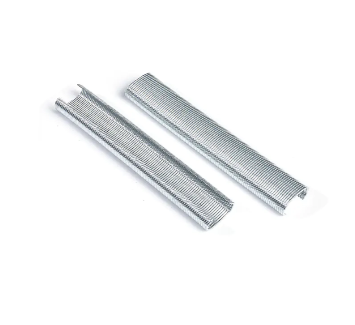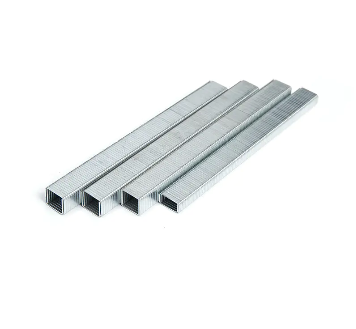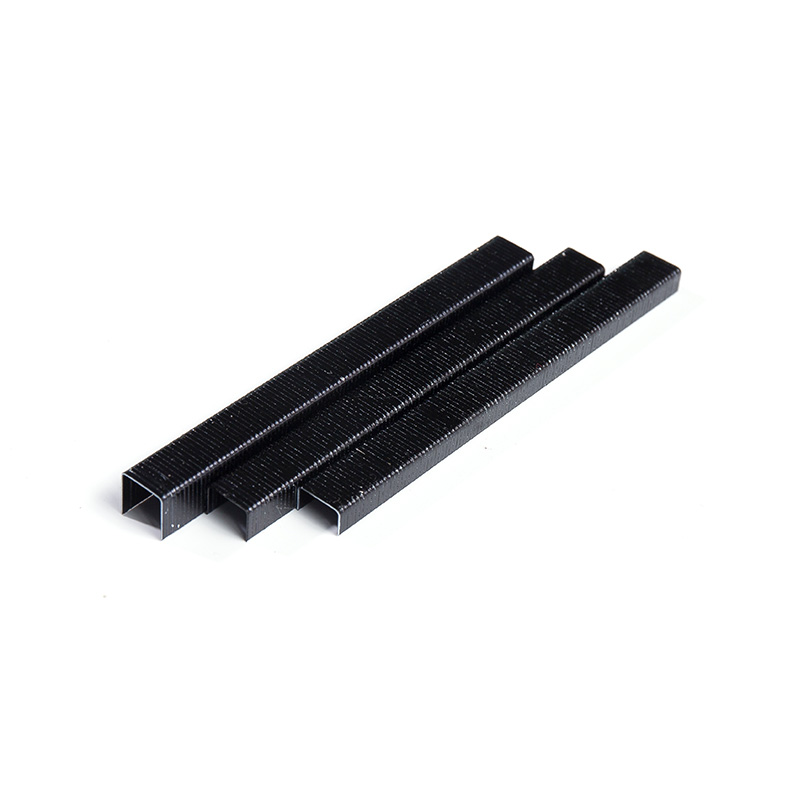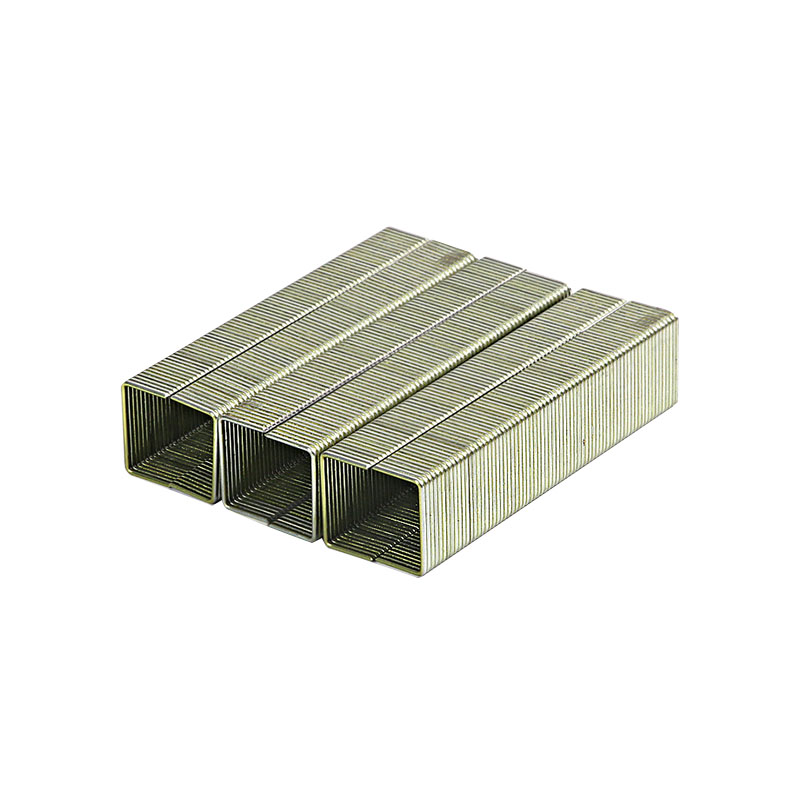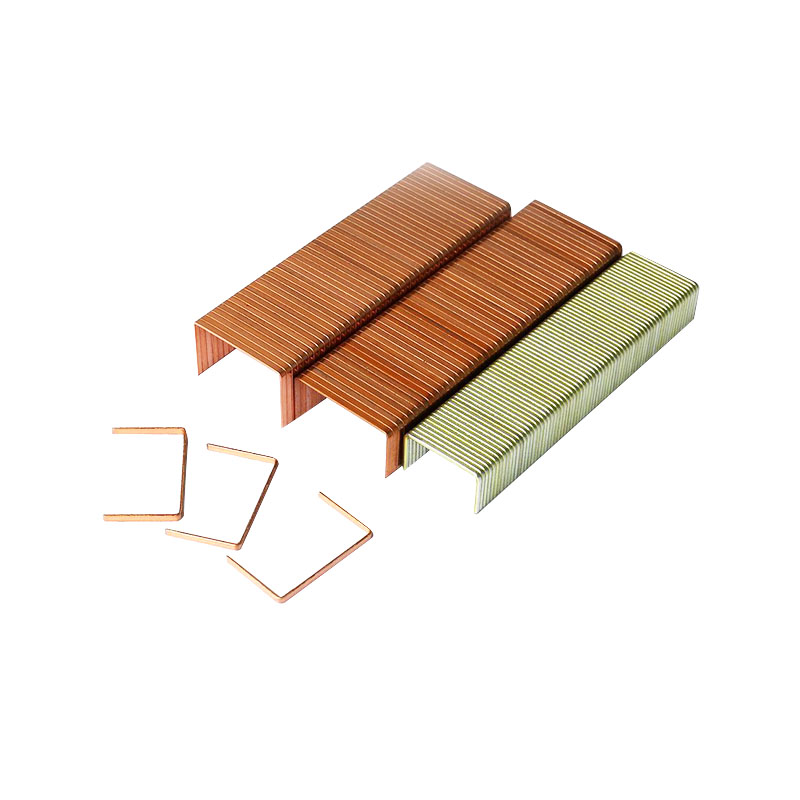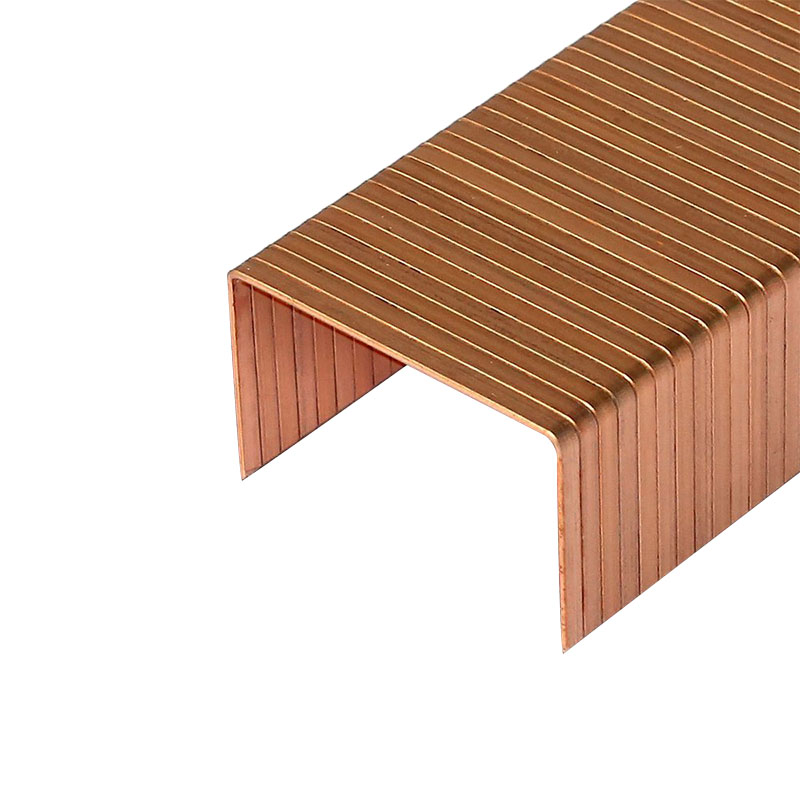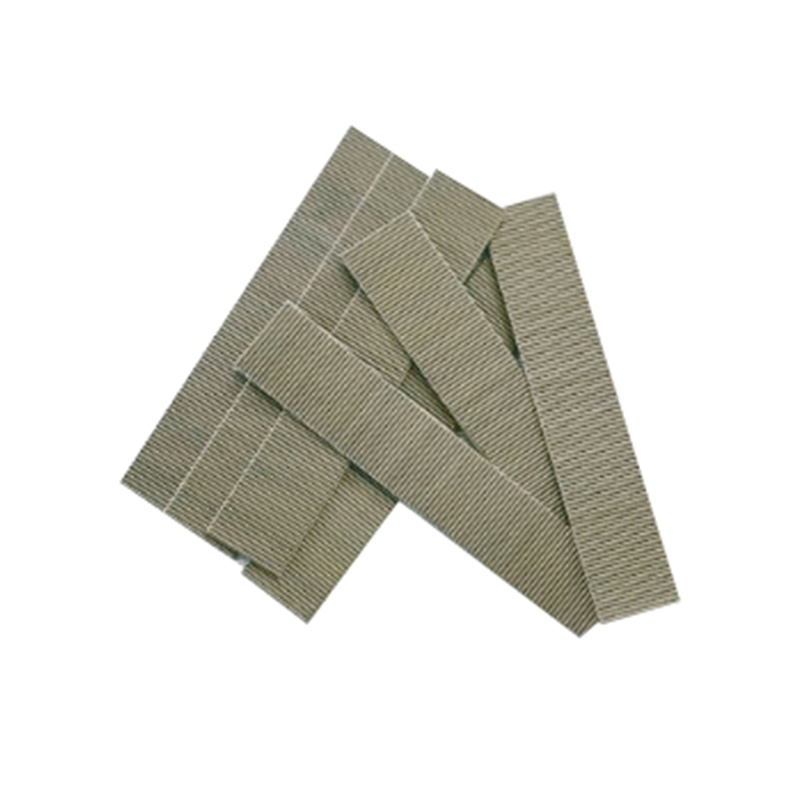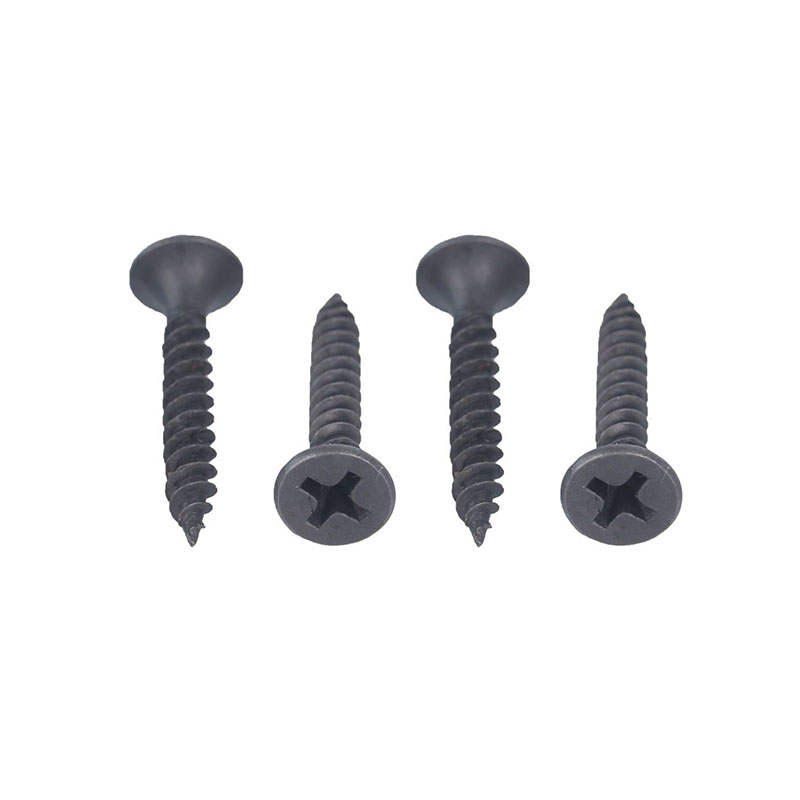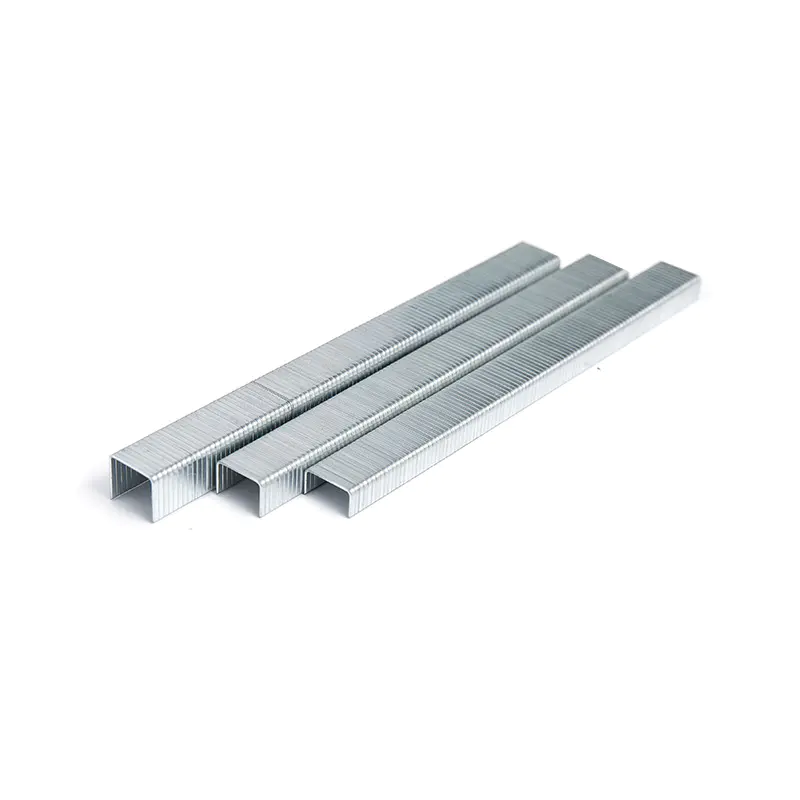1. Introduction
1.1 Importance of connection technology
In the field of modern engineering, from construction, automobile manufacturing to high-precision equipment assembly, bolts and screws, as the most basic connectors, play a vital role. The stability of a structure often depends on the quality and strength of each of its connection points. As industrial needs become increasingly diversified and high-performance, traditional connectors can no longer meet the use requirements under certain harsh conditions such as high loads, high-frequency vibrations, and extreme environments. In order to improve structural reliability and service life, it has become an urgent need for the industry to choose new connection elements with higher connection strength.
1.2 Background of the rise of Carbon Steel Fiber Screws
Against this background, Carbon Steel Fiber Screws have gradually come into people's view. This screw combines the high-strength characteristics of carbon steel with the stable structure of fiber-reinforced technology, becoming a new breakthrough in the field of connection. Its unique material combination and structural design enable it to achieve excellent connection effects under a variety of working conditions, and is widely regarded as an important direction for high-strength connectors in the future.
1.3 Market demand for improved connection strength
Connection strength directly affects the stability and service life of mechanical structures, especially in high-risk, high-precision industries such as aerospace, nuclear energy and large-scale machinery manufacturing, where any slight looseness or breakage may have catastrophic consequences. Therefore, the market demand for products with stronger connection performance continues to grow, and Carbon Steel Fiber Screws is a product that conforms to this trend.
2. Material properties of Carbon Steel Fiber Screws
2.1 Basic composition and advantages of carbon steel fiber
Carbon steel is an alloy material that achieves a good balance between strength, hardness and ductility, and has long been widely used in screw manufacturing. On this basis, after adding fiber reinforcement materials (such as carbon fiber, glass fiber, etc.), its performance has been further improved. Carbon steel provides solid mechanical support, and the fiber effectively improves the ability to resist torsion, tensile and impact.
This composite structure gives Carbon Steel Fiber Screws more excellent stability, and can maintain a stable connection performance even in strong vibration or high-frequency loading environments.
2.2 Performance of material strength and durability
Experiments have shown that the tensile strength of Carbon Steel Fiber Screws is generally 20% higher than that of ordinary carbon steel screws, and the fatigue life is increased by 30%-50%. Its surface hardness is above Vickers hardness 500, and it has stronger wear resistance and pressure bearing capacity. For connection environments with multiple disassembly and assembly or high-frequency operation, it shows obvious durability advantages.
2.3 Comparison between carbon steel fiber and traditional materials
Compared with traditional stainless steel or aluminum alloy screws, Carbon Steel Fiber Screws have the following significant advantages:
Higher tensile and shear strength;
Lower thread slippage rate;
Lighter weight (especially with the addition of lightweight fibers);
Better long-term stability.
These characteristics make it highly competitive in applications requiring precision and strength.
3. Design concept for improving connection strength
3.1 Principle of fiber-reinforced structure design
The structure of Carbon Steel Fiber Screws is not only the material itself, but also reflected in the design of its internal microstructure. By evenly distributing high-strength fiber materials in the carbon steel matrix, a multi-directional reinforcement structure is formed to offset the stress concentration problem caused by single-direction force. The cohesive force of the composite material enhances the overall shear capacity, making the connection more secure and stable.
3.2 Innovative technology of thread design
In the thread part, Carbon Steel Fiber Screws often adopt a multi-angle and multi-pitch design, which not only improves the torque transmission efficiency, but also reduces the energy loss during the tightening process. Some designs also incorporate self-locking functions to prevent loosening and falling off. In addition, the fiber-reinforced microstructure makes the thread surface more uniform, reduces the risk of thread breakage, and improves installation efficiency and safety.
3.3 Surface treatment and anti-corrosion technology
Surface treatment technology is also a key link in improving connection strength. Common treatment methods include carbonitriding, electroplating zinc layer, micro-arc oxidation, etc. These processes not only enhance the surface hardness, but also greatly improve the corrosion resistance. Some Carbon Steel Fiber Screws also use nano-coating technology, which has both self-lubrication and chemical corrosion resistance, so that it can still maintain high performance in harsh environments.
4. Performance in application scenarios
4.1 Connection strength guarantee in construction projects
In high-rise buildings and bridge structures, connectors bear the important task of overall structural stability. Carbon Steel Fiber Screws effectively prevent loose connections and structural dislocation through excellent shear and torsion resistance, improve overall bearing capacity, and ensure long-term stability and safety of buildings.
4.2 Application advantages in the field of mechanical manufacturing
In mechanical manufacturing, especially heavy machinery and precision instruments, connectors are extremely demanding. Carbon Steel Fiber Screws have good mechanical precision and structural consistency, which effectively prevents vibration and loosening during equipment operation. Its long fatigue life also significantly reduces the frequency of maintenance and replacement, and improves production efficiency and equipment life.
4.3 Special needs of aerospace and high-end equipment
Aerospace is the ceiling of connection technology applications. Lightweight, high strength, and resistance to extreme environments are basic requirements. Carbon Steel Fiber Screws are used in aerospace, rail transportation, and even nuclear energy equipment due to its light weight and high strength. It effectively copes with high temperature, high pressure, high vibration and other working conditions, and improves the overall reliability of equipment.
5. Technical Challenges and Solutions
5.1 Technical Difficulties in the Production Process
The composite manufacturing process of carbon steel fiber is relatively complex, and the key difficulties include:
Material fusion uniformity control;
Crack suppression during molding;
Precision thread processing accuracy;
Surface protective layer adhesion stability.
These issues put forward higher requirements on the capabilities of process equipment and technical personnel.
5.2 Quality Control and Testing Methods
In order to ensure that each Carbon Steel Fiber Screw meets high standards, advanced testing equipment and methods need to be introduced:
Three-dimensional X-ray non-destructive testing to monitor the integrity of the internal structure;
Microscopic metallographic analysis to ensure reasonable fiber distribution;
Dynamic load simulation test to verify fatigue resistance;
Salt spray test and corrosion cycle test to examine protective performance.
Through strict quality inspection processes, ensure that the quality of each batch of products is stable and reliable.
5.3 Continuous innovation promotes industry progress
While the process difficulties are gradually resolved, the manufacturing end continues to introduce automated, CNC, and green production systems to promote Carbon Steel Fiber Screws to higher standards and higher precision. This continuous technological upgrade not only improves product performance, but also leads the quality upgrade of the entire connector industry.
6. Market Trends and Future Outlook
6.1 Growing Market Demand for High-Strength Connectors
From new energy equipment, wind power equipment, to new energy vehicles and rail transit, connectors are changing from "ordinary parts" to "key parts". High-strength and high-stability Carbon Steel Fiber Screws fit this trend. In the next few years, such products will enter more vertical industries and become the mainstream choice for high-end connections.
6.2 Green Manufacturing and Sustainable Development
The environmentally friendly properties of carbon steel and fiber materials also give Carbon Steel Fiber Screws an advantage in the field of sustainable manufacturing. Compared with all-metal parts, its production energy consumption is lower and recycling is more convenient. In the context of global issues such as carbon neutrality and green supply chain, it shows stronger market competitiveness.
6.3 Smart Manufacturing and Digital Transformation
With the advancement of Industry 4.0, the manufacturing process of Carbon Steel Fiber Screws will also be incorporated into the smart manufacturing system, integrating AI detection, data traceability, and full life cycle management modules to achieve comprehensive digitalization from design to production. Future connectors will not only be stronger, but also more "smart".
7. Conclusion
7.1 Carbon Steel Fiber Screws improves the comprehensive value of connection strength
Through material innovation and structural optimization, Carbon Steel Fiber Screws has shown great advantages in connection strength, safety, durability and other aspects, and is a key solution to solve high-performance connection needs.
7.2 An important role in promoting industry safety and efficiency upgrades
As a high-end force in connectors, it not only provides more stable support for various industries, but also promotes the overall technological progress and quality standard upgrades of the manufacturing industry.
7.3 Innovative direction of future connection technology
In the future, connection technology will move towards intelligence, greening and integration, and Carbon Steel Fiber Screws may become the core representative of this process. Connecting is not just about structure, but also about the future of high-quality manufacturing.
